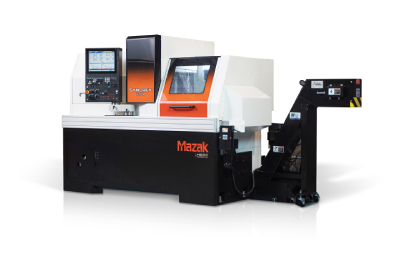New Gender Equality Report Card Shows Most Jurisdictions are Failing
October 31, 2025

The Canadian Coalition of Women in Engineering, Science, Trade and Technology (CCWESTT) has just released the first Gender Equality Report Card, which provides comprehensive, evidence-based insight into the state of gender equality across Canada’s provinces and territories in science, engineering, trades and technology (SETT) workplaces.
The report draws on 18 participatory research studies and an internal Canada–Iceland comparison, as well as evaluates policy environments, structural barriers and practical pathways for systemic change. Each federal, provincial and territorial jurisdiction received a grade from F to A+ on their commitments to creating more equitable workplaces for women and gender-diverse people in SETT.
“This report needed to be done. We’re not seeing enough change, and someone had to say it,” said Bonnie Douglas, Executive Director of CCWESTT. “This report is revealing of just how behind Canada still is in creating equitable workplaces for women and gender-diverse people, and we’re committed to continuing the conversation.”
The Report Card showed staggering findings with over half of the provinces and territories receiving D as their overall grades, including Alberta, Saskatchewan and New Brunswick. Nunavut had the lowest performance, receiving two Fs and a D, but Saskatchewan was a close second with one F and two Ds.
The grading was evaluated by three themes:
- Pathways to Equality: legislative structures that create equality, including Human Rights legislation, as well as implementation frameworks such as the Human Rights Tribunal
- SETT Recruitment: legislative structures and strategies for change created by governments that either support or hinder the progression into SETT, from early education to career path accreditation
- SETT Retention: Presence of workplace support, culture and systems that retain talent and advance women and gender-diverse people into leadership
Each jurisdiction received grades for each theme, which were combined to determine to an overall grade.
“Unfortunately, these results aren’t surprising. In several ways, Canada has made advancements to create a more equitable place for underrepresented groups, yet we’re seeing there’s still plenty of work to be done to create equal opportunities for everyone,” said Alicia Bjarnason, Research and Strategic Lead on the Gender Equality Report Card. “We hope this report opens employers’ and legislators’ eyes on how big the gap still is.”
Federal strategies and programs landed Canada with an overall grade of B, showing promise for the country. But despite this, the Report Card calls out how 34 per cent of Canadian STEM-educated workers are women, yet just 21 per cent work in STEM jobs. Nowhere in Canada do women and gender-diverse people make up even 30 per cent of the trades and engineering workforce.
The report also showed that women and gender-diverse people in SETT face persistent barriers—including workplace harassment, inaccessible worksites, rigid apprenticeship pathways and a lack of targeted recruitment and wraparound supports.
“It’s 2025 — the value in creating diverse workplaces has been proven time and time again. Having women and gender-diverse people in these fields will only make the industries more innovative, productive and competitive,” said Kim Bouffard, CCWEST Board of Directors President. “There are no excuses anymore.”
The report outlines recommendations for next steps, which include increasing in programming, funding and legislation that give women and gender-diverse individuals more opportunities to enter and thrive in SETT roles.
“We want Canada to live up to its reputation as a world leader that accepts people where they’re at and drives innovation, but these barriers stop us from reaching our full potential. If we keep ignoring it, we’ll only fall further behind as a nation,” said Douglas. “We’ll gladly work with policymakers and organizations to make these recommendations a reality.”
More Information
To read the executive summary of the report, click here.





